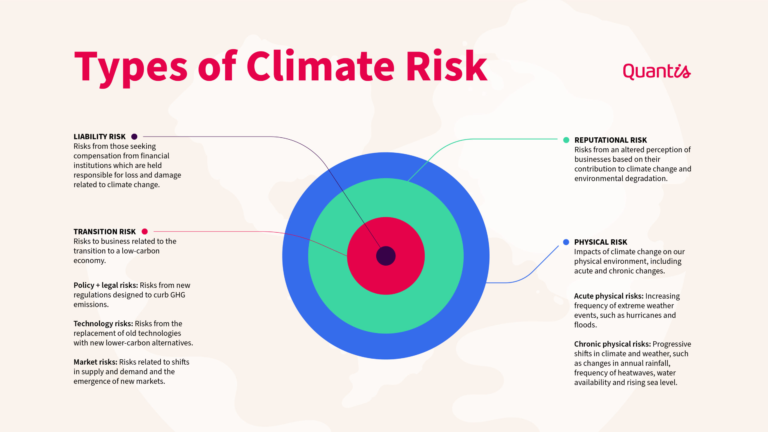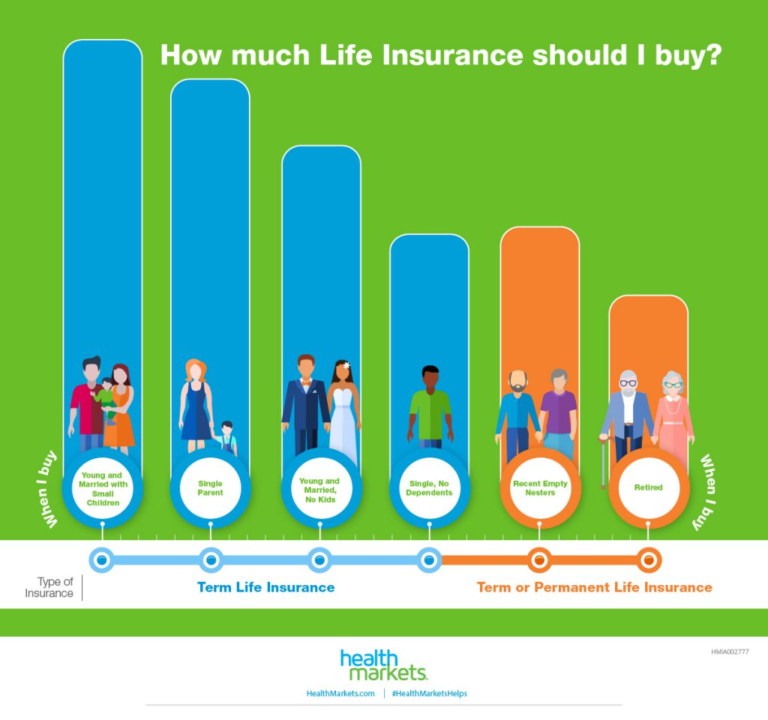Disaster Resilience: Key to Surviving Hurricanes in Florida
Disaster resilience is becoming a critical focus as communities face the increasing threat of severe weather events. In places like Babcock Ranch, Florida, innovative designs and construction practices have demonstrated how disaster risk reduction strategies can lead to remarkable outcomes during hurricanes. With flood-resistant infrastructure and hurricane preparedness measures in place, these neighborhoods have successfully sheltered evacuees and maintained power even amidst chaos. Additionally, the integration of solar panel power systems allows homes to remain functional when traditional energy sources fail. As climate change intensifies natural disasters, the importance of community flood management and proactive planning becomes ever more evident, highlighting that investment in resilience can ultimately save lives and reduce economic losses.
The concept of community fortification against disasters encompasses various strategies aimed at mitigating risks associated with natural catastrophes. By enhancing local infrastructure to withstand flooding and high winds, neighborhoods can achieve a level of sustainability that protects residents from the devastating impact of severe storms. This approach includes the implementation of eco-friendly solutions, such as solar energy systems, which promote energy independence during emergencies. Moreover, investing in comprehensive flood management techniques not only safeguards properties but also fosters a sense of collective preparedness among community members. As such, cultivating resilience through these multifaceted efforts is paramount for ensuring safety and stability in the face of increasing environmental challenges.
Understanding Disaster Resilience in Modern Communities
Disaster resilience is an essential aspect of urban planning, particularly in areas prone to extreme weather events. Communities like Babcock Ranch in Florida exemplify how strategic design can withstand the test of nature. By incorporating flood-resistant infrastructure and sustainable energy systems, these communities not only protect their residents but also serve as models for future developments. The integration of solar panel power systems allows homes to maintain electricity even during widespread outages, showcasing the potential of renewable energy in enhancing disaster preparedness.
Moreover, the concept of disaster resilience extends beyond physical structures; it encompasses the community’s ability to recover and adapt after a disaster. With the increasing severity of hurricanes, as seen with Hurricanes Helene and Milton, investments in disaster risk reduction have become crucial. Programs that promote community flood management and elevate homes can substantially mitigate damage, underscoring the importance of proactive measures in safeguarding lives and properties.
Frequently Asked Questions
What is disaster resilience and why is it important for communities?
Disaster resilience refers to a community’s ability to prepare for, respond to, recover from, and adapt to disasters. It is crucial because it minimizes the impact of disasters, reduces economic losses, and enhances the overall safety and well-being of residents. Implementing effective disaster risk reduction strategies, such as flood-resistant infrastructure and hurricane preparedness measures, significantly contributes to a community’s resilience.
How does flood-resistant infrastructure contribute to disaster resilience?
Flood-resistant infrastructure is designed to withstand flooding events, thereby reducing damage during disasters. By elevating structures and utilizing durable building materials, communities can enhance their disaster resilience. This type of infrastructure is vital in areas prone to flooding, as it ensures safety and minimizes economic losses, making it a key component of comprehensive disaster risk reduction.
What are some hurricane preparedness strategies that enhance disaster resilience?
Hurricane preparedness strategies include developing emergency plans, conducting drills, and investing in robust building designs that can endure high winds and flooding. Communities can also benefit from installing solar panel power systems to maintain electricity during outages. These measures collectively enhance disaster resilience by ensuring that residents are ready to respond effectively to hurricane threats.
How can solar panel power systems improve a community’s disaster resilience?
Solar panel power systems enhance disaster resilience by providing a reliable source of electricity during outages caused by natural disasters. In areas like Babcock Ranch, homes equipped with solar panels and battery systems can remain powered even when the grid fails, ensuring that essential services are maintained. This independence from conventional power sources significantly boosts a community’s resilience during emergencies.
What role does community flood management play in disaster resilience?
Community flood management involves strategies and practices that help reduce flood risks, such as creating retention basins, restoring wetlands, and improving drainage systems. By implementing effective flood management techniques, communities can mitigate the impacts of flooding, thus enhancing their disaster resilience. This proactive approach helps protect lives, property, and the environment from the adverse effects of floods.
Why is investment in disaster resilience considered cost-effective in the long run?
Investing in disaster resilience is cost-effective because every dollar spent can save up to 13 dollars in future property damage, remediation, and economic impacts. By prioritizing disaster risk reduction strategies, such as flood-resistant infrastructure and community preparedness initiatives, communities can significantly reduce the financial burden associated with disaster recovery and improve their overall resilience.
How does the National Flood Insurance Program (NFIP) support disaster resilience?
The NFIP supports disaster resilience through its Community Rating System (CRS), which incentivizes communities to adopt floodplain management practices beyond minimum standards. Communities that participate in the CRS can earn discounts on flood insurance premiums for residents, encouraging investment in flood-resistant infrastructure and other disaster risk reduction measures, thereby enhancing overall community resilience.
What are the benefits of using natural solutions in disaster resilience planning?
Natural solutions, such as wetland restoration and reforestation, provide multiple benefits for disaster resilience. These approaches help absorb excess stormwater, reduce flooding, and protect coastal areas from storm surges. By incorporating nature-based solutions, communities can enhance their disaster resilience while also improving biodiversity, air quality, and the overall quality of life for residents.
How can communities effectively collaborate to enhance disaster resilience?
Communities can enhance disaster resilience through stakeholder partnerships that involve local governments, businesses, and residents. By sharing resources, data, and best practices, these partnerships can drive the development of effective disaster risk reduction strategies. Collaborative efforts ensure that disaster resilience planning is comprehensive and tailored to the specific needs and risks of the community.
What is the significance of advanced data and analytics in disaster resilience?
Advanced data and analytics play a crucial role in disaster resilience by providing insights into risk assessment and mitigation strategies. Insurers and local governments can utilize sophisticated data tools to identify vulnerabilities, forecast potential disaster impacts, and develop targeted resilience solutions. This informed approach enables communities to implement effective disaster risk reduction measures and improve their preparedness for future events.
| Key Point | Details |
|---|---|
| Babcock Ranch’s Resilience | Sheltered evacuees and maintained power during Hurricane Milton. |
| Infrastructure Design | Homes built to high elevations and durable materials to withstand storms and flooding. |
| Solar Power Systems | Each home uses solar panels and battery systems for power during outages. |
| Cost of Resilience | Investment in resilience is high, with homes costing over $1 million, but saves money in the long run. |
| National Flood Insurance Program (NFIP) | The CRS encourages communities to exceed floodplain management standards for insurance discounts. |
| Community Examples | Miami-Dade County saved $12 million annually with stormwater upgrades, earning a Class 3 CRS rating. |
| Local Mitigation Efforts | Programs like Strengthen Alabama Homes provide grants for retrofitting homes for better resilience. |
| Natural Hazard Protection | Investing in green infrastructure and conserving wetlands for natural flood management. |
| Data and Analytics Importance | Stakeholder partnerships and advanced data are crucial for funding and operating resilience projects. |
Summary
Disaster resilience is a critical component of modern urban planning, as evidenced by the experiences of Babcock Ranch and Hunters Point during severe hurricanes. These communities exemplify how proper infrastructure, such as elevated homes and solar power systems, can significantly mitigate the impacts of natural disasters. Investing in disaster resilience not only protects property and lives but also yields substantial economic benefits, as every dollar spent on resilience can save thirteen in damages. As climate change intensifies the frequency and severity of storms, it becomes increasingly essential for communities to adopt resilience strategies that include both advanced technology and nature-based solutions.







